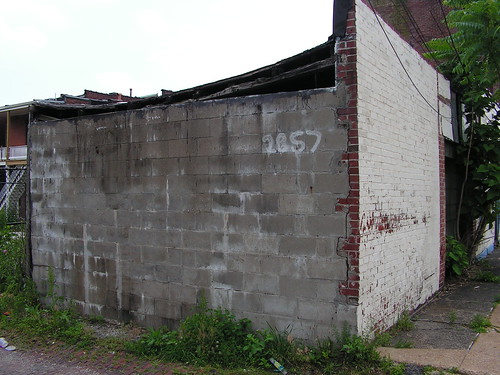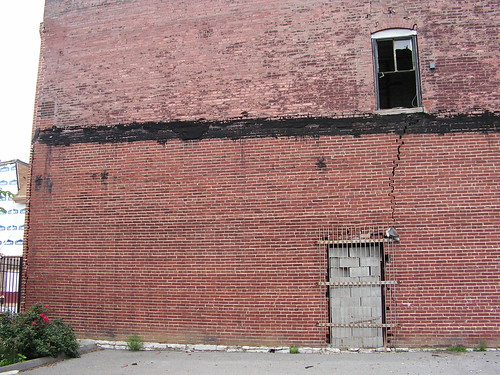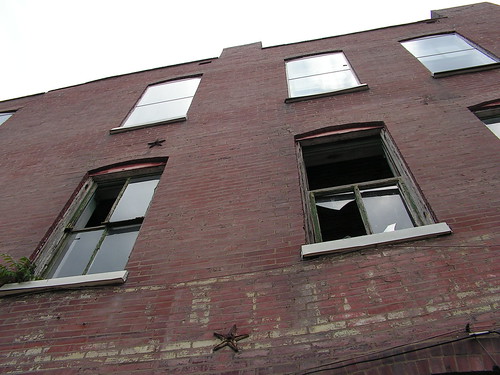Community or Die!
The key to inner-city rejuvenation is the establishment and invigoration of communities. Without coherent social structures empowering, educating, and energizing individuals cities tend to fall apart. The worst aspects of modern infrastructure planning involve the isolation, division, and starvation of communities. The resulting individual atomization ends in isolation and dehumanization.
Humans need communities, they need them just as much as they need families and friends. How else do they come by these? Per chance? From the masses of strangers that surround us we select our friends, our lovers, our mates. From thence we find love, happiness, and identity. Without that, what are we? The struggle for community is a struggle for the bonds which hold all of us together. It is the basic unit upon which our country is built on. Even the family wouldn’t exist without a community to support and encourage mate selection, and what family could do without the vast educational and social support of the greater society?
Suburbia is perhaps the most horrific example of dehumanization through the lack of community. The obvious Lack of intellectually-stimulating diversity is not the most damaging consequence of moderate-density life. Suburban Americans suffer from relative detachment from the rest of the population. The immediate population! It is not unusual for someone in O’Fallon to have no idea who their neighbors are. From five houses down to next door. Television, fences, the internet, motor vehicles, and corporate malls have allowed people a relative mental detachment from everyone else.
This is far from the “good ‘ole days” complaints of our grandparents. The isolated existence of suburbanites results in sociological catastrophes. Many of our socio-economic problems arise directly from the collective choices of millions to live in a most abnormal manner. Global Warming, cultural depreciation, educational lagging, Wal-Mart, Garth Brooks, Republicans; the most daunting problems of the 21st century find their root in freshly trimmed, identical lawns.
Great men and women, great ideas, great projects; these all rise from the cities and dense villages of the world. From communities. If we are to generate those geniuses and a culture to rally behind them we must regroup and recommit to each other on a local level.
To put it plainly, every suburban sprawl zone must be evacuated and leveled. For the sake of our people, for ourselves individually, and for the future of our country. This is not necessarily an extreme program, people must voluntarily leave their yard gnomes and three car garages behind. There must be a grand national campaign to bring the people back to the cities and town centers, leaving the razed ground to return to nature. Our cities and towns must develop in a humane and socially-oriented manner. Our cities must be welcoming places; places of peace, prosperity, ingenuity, art, and diversity. The best of the Urban must be magnified and the worst must be diminished to negligible proportions. Crime, poverty, educational atrophy, and prejudice need to go the way of the dinosaur.
What have we to lose? Should we allow catastrophe to occur? Most importantly, do we have hope and faith that such important and integral policies can be implemented successfully?
In future installments I will identify what the former suburbanites will return to, current examples of strong communities and community centers. Additionally, methods and tactics for community-building will be enumerated and left to public debate. By working together we can create an Urbia attractive and enticing to the lonely denizens of the counties. Your lowly idealist (myself) will strive to present alternatives and methods for establishing them.
This will be a series much like what Brick By Brick will become.
– Angelo Stege









